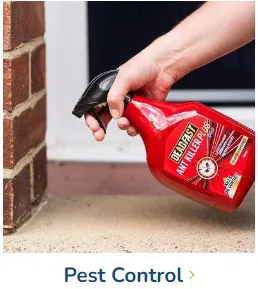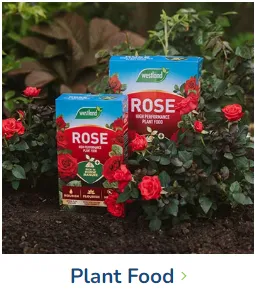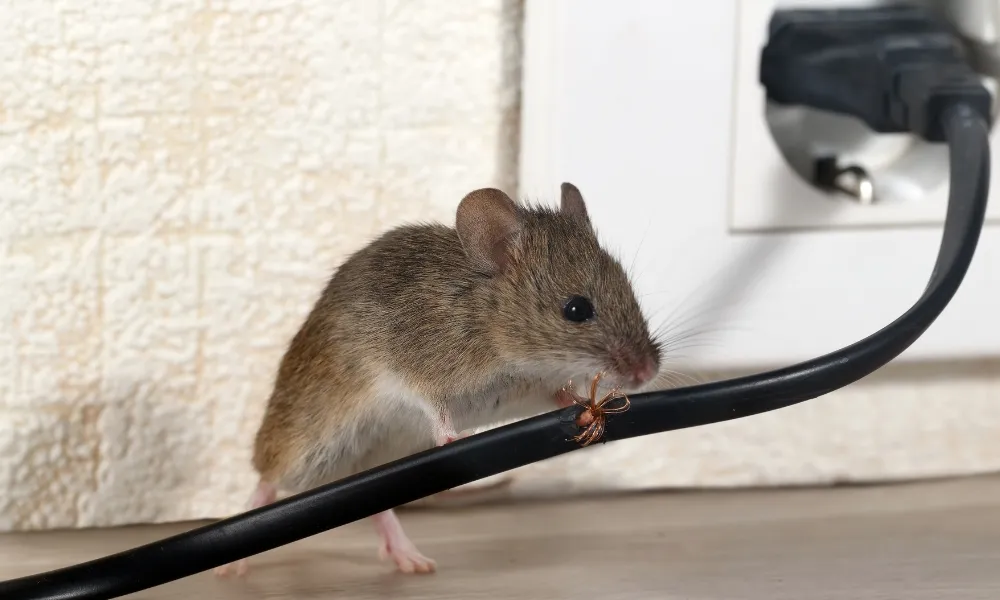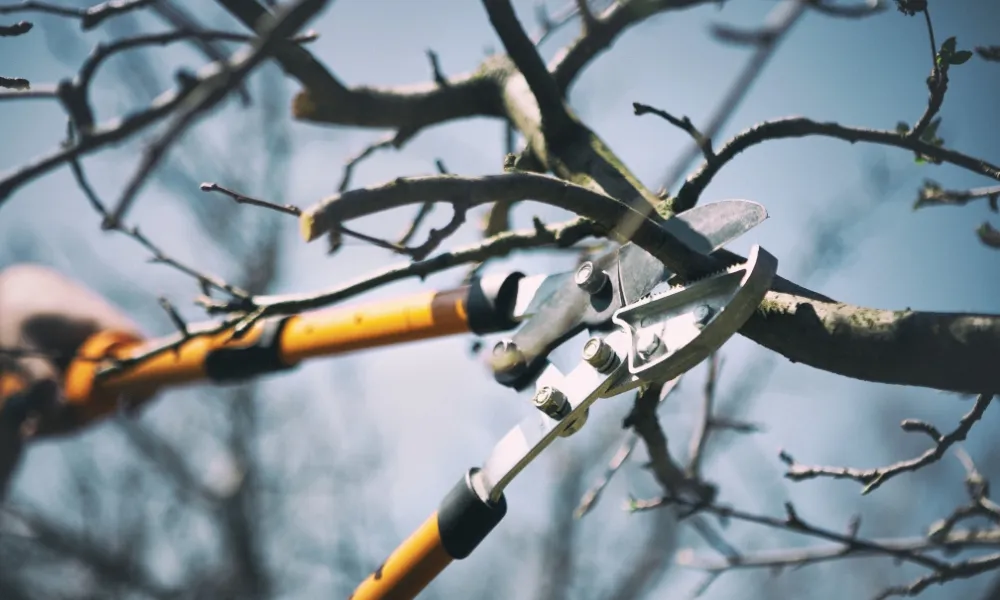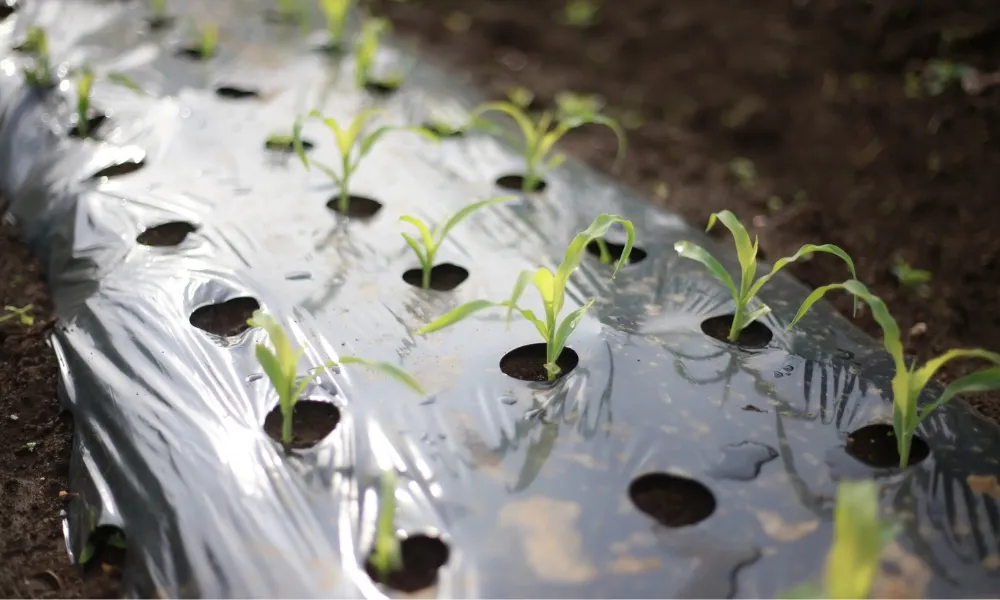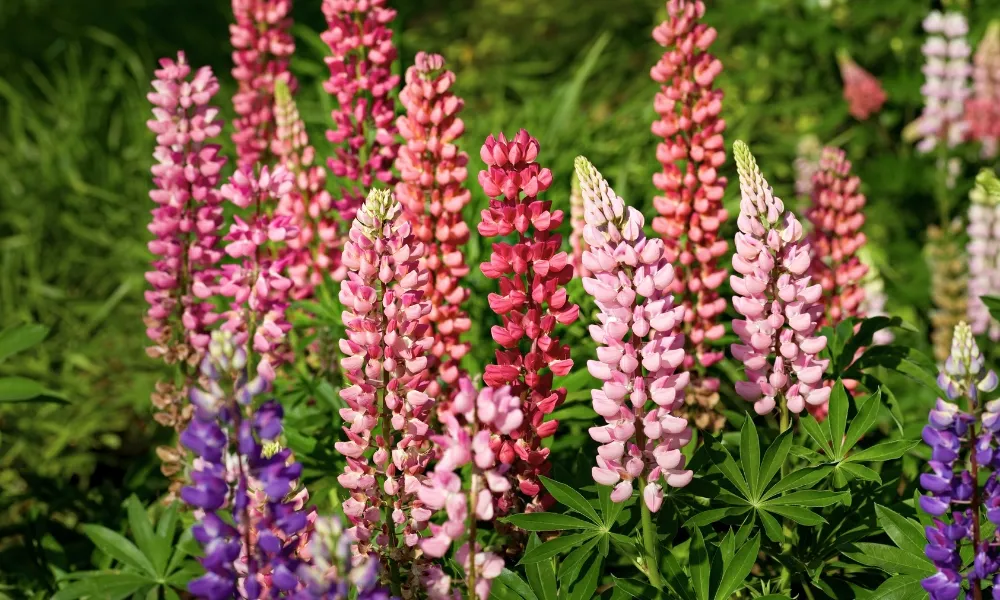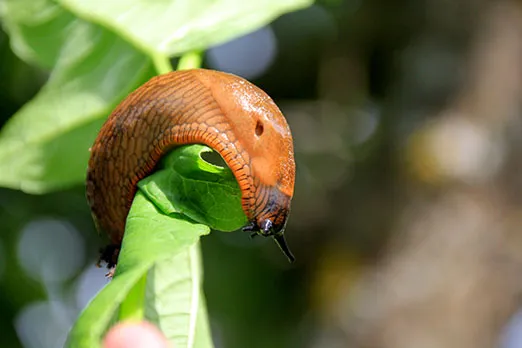
June is a fabulous month for the garden. Everything that has been tended to and worked towards is coming into it's own.
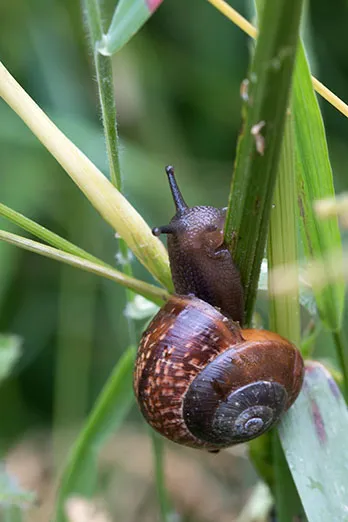
Roses are in full bloom, geraniums are full of vibrant colour and early summer vegetables are ready for the salads!
Just as we are getting excited about our leafy greens however so too are the dreaded slugs!!!
So in this piece I will run through just some of the methods that I have used to be rid of them.
Firstly, know your enemy!
Slugs overwinter beneath the soil. They will emerge once temperatures reach 5 degrees or more so they're generally active here in Ireland between March and the end of September, peaking (as I'm sure you've noticed) around now. They are nocturnal mostly although can be lazily chewing during the day. If you haven't spotted any you will spot their damage which comes in the form of holes in the leaf (if it's a jigsaw pattern I'm afraid you may have vine weevil).
I like to try physical methods of deterrent before I resort to chemicals so here are just a few.
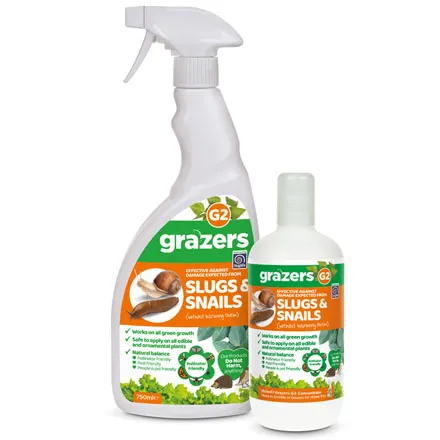
Seaweed:
If you have access to fresh seaweed it is a fantastic method of deterring. The natural sea salt is a big turn off to our slugs not only that but an excellent fertiliser for the soil.
Just place the seaweed at the base of the plants to stop them climbing up or near them.
It will have to be re applied regularly to keep it's effectiveness though.
Copper tape:
This is ideal for potted plants as it can be stuck around the lower half of the pot forming a barrier.
It works by actually giving them an electric shock so in a way you're just putting up an electric fence for slugs! You can also place copper pennies or scraps around plants but these would have to be washed in vinegar regularly to keep their efficacy.
Beer Traps:
One of my favourite and I think most successful methods of physical control. However having to empty them is not enjoyable!
After experimenting myself I found an old ice-cream tub (large rectangle type) half buried in the soil works best.
Half fill it with cheap larger (the slugs thankfully aren't fussy when it comes to brand) and leave for two to three days.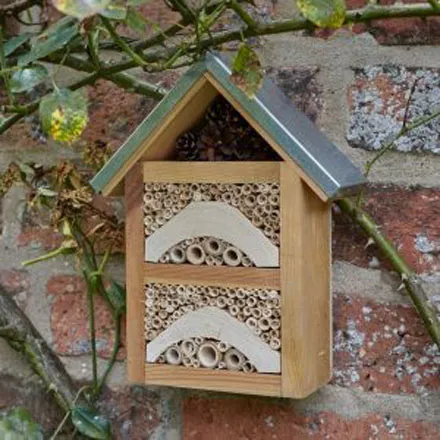
You can then empty it safely into your compost bin.
Nematodes:If your slug population is especially bad and the above methods still aren't protecting your plants I would suggest bringing out one of the big guns....... Nematodes.
They can be bought usually in powder or liquid form called 'Nemaslug'. Simply add water and drench the soil. Ideally it should be used every couple of months from March.
Though it can be costly if you have a bad slug problem it will be worth it.
 Finally it is worth mentioning that their are plenty of natural predators of slugs that if encouraged will take care of the problem for you. Birds, hedgehogs and ground beetles love to eat them. Hang out feeders for the birds and maybe buy an insect hotel for the insects to nest in. Letting a small area of garden grow wild is a really good method of pleasing bees and other insects. If you have any old logs you're not using stack them in an unused corner and let grass grow long around them, this creates a 5 star hotel for all the helpful insects who belong in the garden.
Finally it is worth mentioning that their are plenty of natural predators of slugs that if encouraged will take care of the problem for you. Birds, hedgehogs and ground beetles love to eat them. Hang out feeders for the birds and maybe buy an insect hotel for the insects to nest in. Letting a small area of garden grow wild is a really good method of pleasing bees and other insects. If you have any old logs you're not using stack them in an unused corner and let grass grow long around them, this creates a 5 star hotel for all the helpful insects who belong in the garden.
Sophie x
You may also like...
Discover more blogs>>>>>>>>>>>




